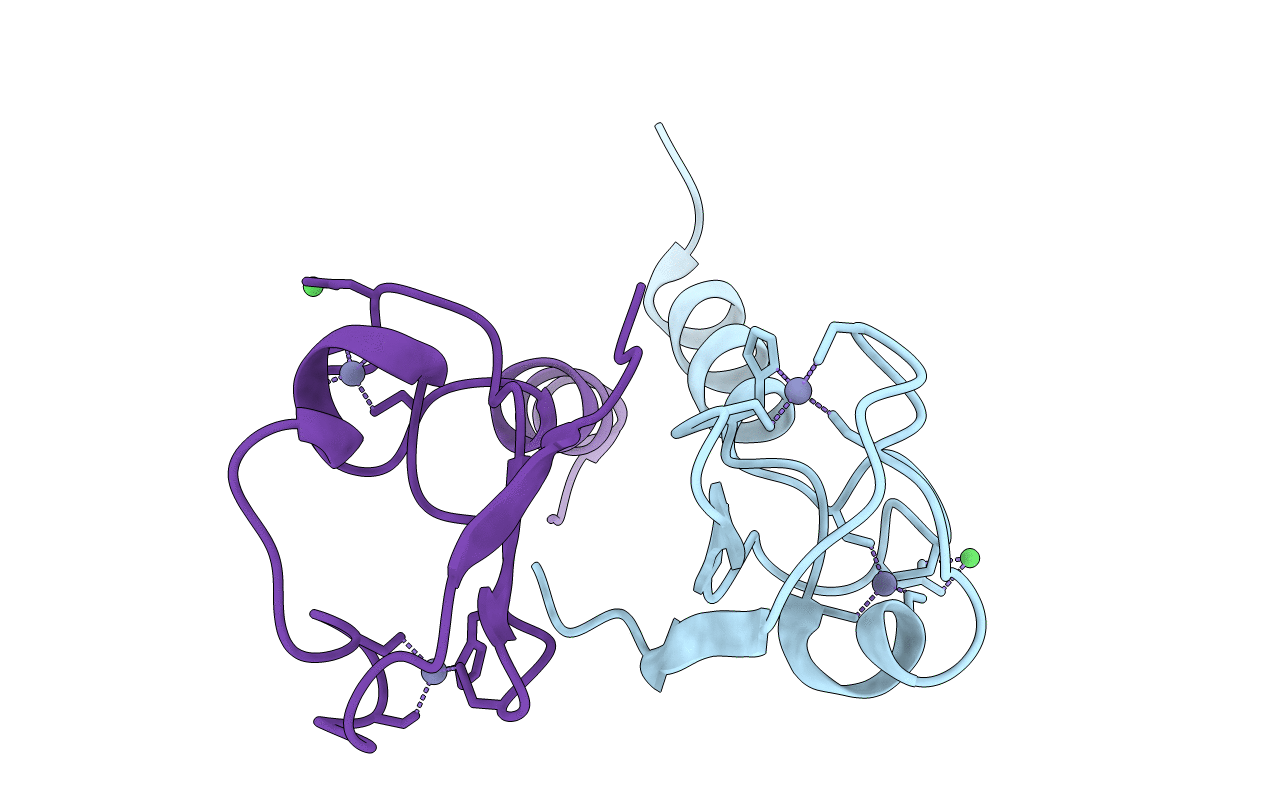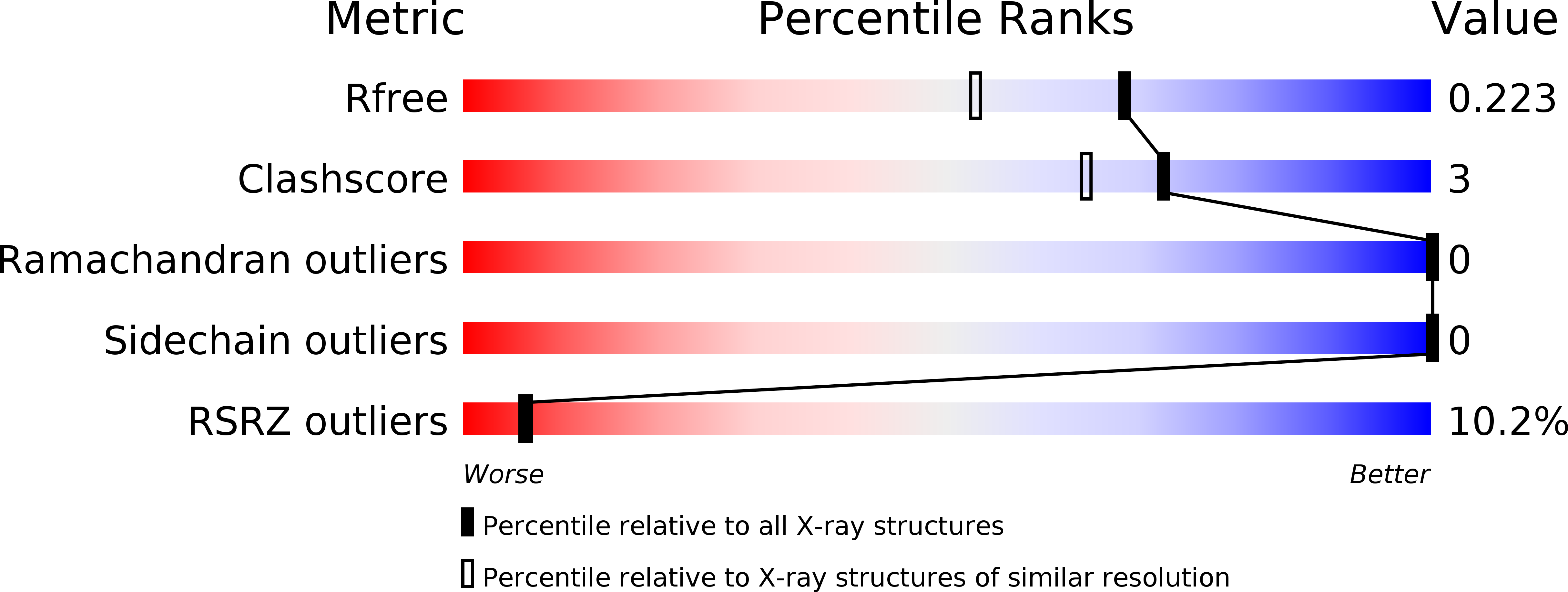
Deposition Date
2012-12-09
Release Date
2012-12-19
Last Version Date
2023-11-08
Method Details:
Experimental Method:
Resolution:
1.78 Å
R-Value Free:
0.22
R-Value Work:
0.17
R-Value Observed:
0.17
Space Group:
P 1 21 1


